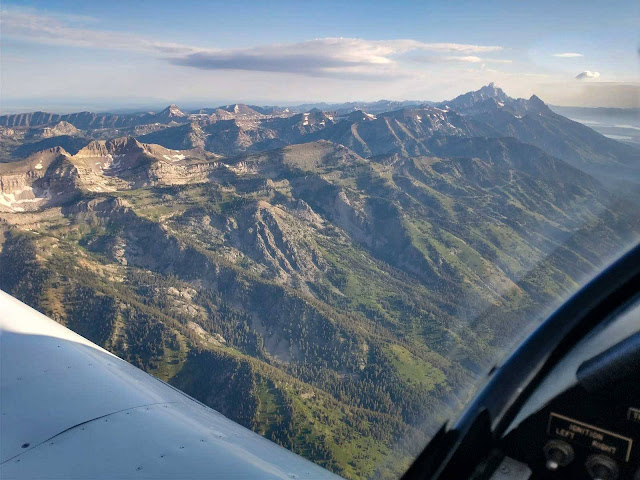Nasty Winds at Airports
It used to be that surface winds of the 48 lower states typically were moderate. Yes, there were exceptions. For example, Flagstaff, AZ almost daily has strong and sometimes very strong winds from the southwest. But now rather frequently, winds even in the Dallas area are very strong and gusty. Hence it may be useful to review how we should handle that situation. Taxiing While taxiing, two simple rules tell how to use the aileron and elevator. If the wind comes at you from the front, position the aileron as if you were banking into the wind. At the same time, pull the elevator a bit as if you wanted to climb. "Climb into a headwind" is a good sentence to remember the rule. If the wind comes from behind, bank away from the wind and position the elevator for a descent. "Dive away from a tailwind" summarizes the action. The rules require quick action when you are turning rapidly, since the direction of the wind shifts quickly and thus requires continuous adjustment...







